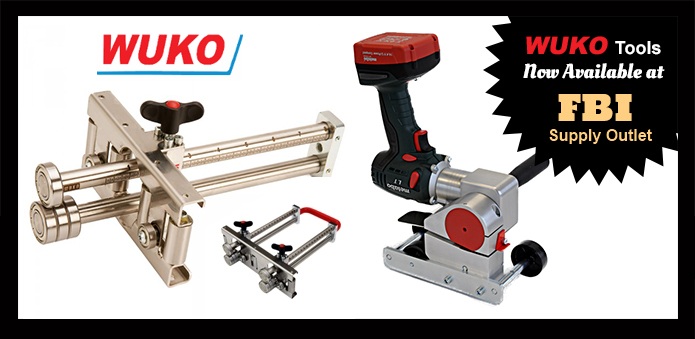At FBI S.O.-we shall impose a 15% restocking fee for returns other than manufacturing defects (those will be dealt with case by case by the manufacturer)
All special orders are non returnable
Under certain conditions, some companies will accept a return on a product, but only refund a portion of the price paid for it. A percentage of the price, usually between 15% and 25%, will be forfeited to what is commonly called a restocking fee. These fees normally apply to items returned on buyer’s remorse, not exchanged due to damage or defects. Restocking fees are imposed by all our manufacturers and there are legitimate reasons why you should expect to pay such a fee, which we’ll outline below.
In many cases, the company is stuck with a product that cannot be sold as new anymore. Would you want to buy a product that is supposed to be new and instead receive a box that has been opened and a product used by another customer? I certainly wouldn’t. If I buy something online, I expect it to be brand new, first quality, and factory sealed by the manufacturer.
What if a customer orders a mirror and then decides to return it because they realize it wasn’t the one they wanted, or it is bigger than they imagined, or they don’t like its color, or for any of a thousand other reasons? The mirror arrives back at the manufacturer with fingerprints on it, with packaging that has been ripped open and haphazardly reassembled. The manufacturer now has to return it to saleable condition. The question is who should pay for all this cost?
All special orders are non returnable
Under certain conditions, some companies will accept a return on a product, but only refund a portion of the price paid for it. A percentage of the price, usually between 15% and 25%, will be forfeited to what is commonly called a restocking fee. These fees normally apply to items returned on buyer’s remorse, not exchanged due to damage or defects. Restocking fees are imposed by all our manufacturers and there are legitimate reasons why you should expect to pay such a fee, which we’ll outline below.
In many cases, the company is stuck with a product that cannot be sold as new anymore. Would you want to buy a product that is supposed to be new and instead receive a box that has been opened and a product used by another customer? I certainly wouldn’t. If I buy something online, I expect it to be brand new, first quality, and factory sealed by the manufacturer.
What if a customer orders a mirror and then decides to return it because they realize it wasn’t the one they wanted, or it is bigger than they imagined, or they don’t like its color, or for any of a thousand other reasons? The mirror arrives back at the manufacturer with fingerprints on it, with packaging that has been ripped open and haphazardly reassembled. The manufacturer now has to return it to saleable condition. The question is who should pay for all this cost?




 Search
Search

